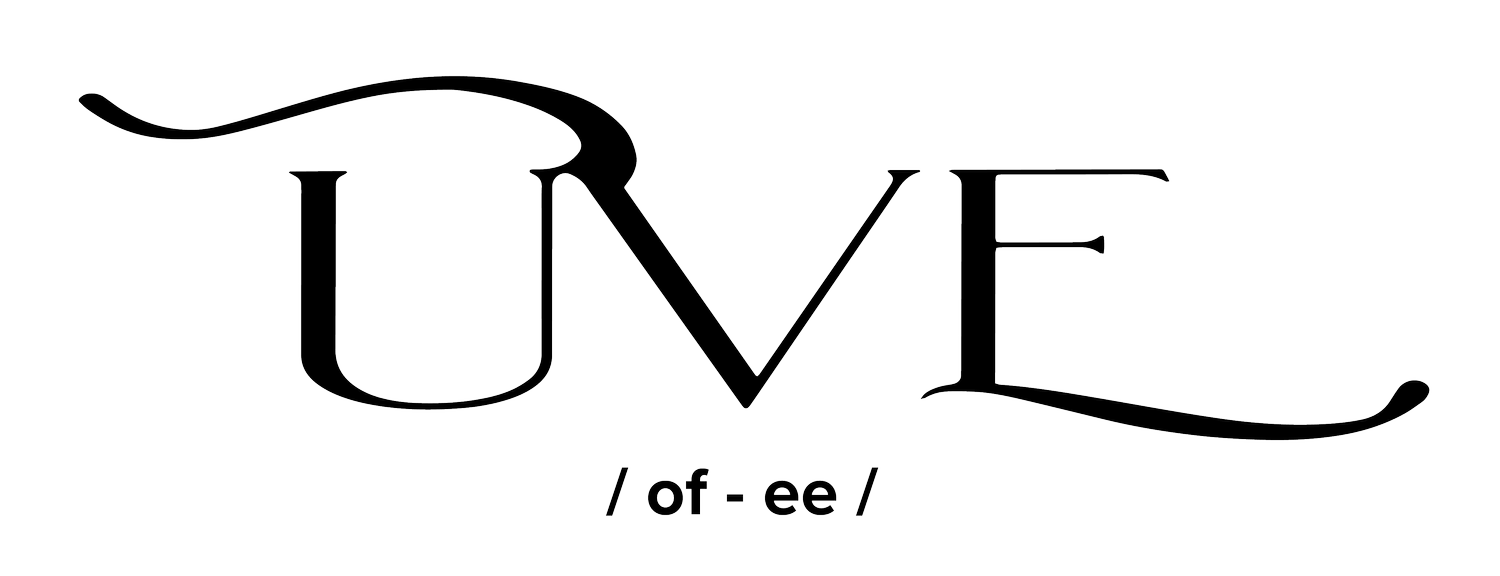Casad Family Farms
The world around us is rushing to define “Regeneration” and regenerative agriculture hoping to find a singular magic cure-all solution to the challenges facing today's land stewards. But those of us at the center of this work know that regeneration is unique to each place, land steward, and landbase. We at UVE feel it is important to shift the focus to understanding holistic context as a framework for producers to build a decision-making process to meet their unique challenges and needs. Casad Family Farms is an UVE network member whose context took them on a regenerative journey toward new enterprises and unexpected growth opportunities in the movement.
The story of Chris, Cate Havstad-Casad, and their son Hesstons’ diverse agriculture operation in the arid high desert of Central Oregon is one of many regenerative stories within our network of land stewards. Casad Family Farms produces beef, pork, hay, grains, and vegetables, despite or perhaps because of the environmental challenges and changing politics of irrigation water in Central Oregon.
Several years of drought and the reality of diminishing irrigation water necessitated a change in the decision-making processes on the Casad farm. As their decision-making process shifted from conventional towards holistic, the farm enterprises shifted as well. Casad’s organic potato fields became home to diverse cover crop mixes and grazing cattle and pigs. The transition to a closed loop farm system with stacked grazing and growing enterprises is shared with the world through Cate’s powerful voice and gift for telling their story on many platforms, and skilled farmer Chris’s love of the lifestyle. However, the Casads are quick to credit their successful pivot to the support of committed buyers, mentors, family, and friends.
Like a phoenix, Casad Family Farm has risen from the ashes of drought through the implementation of holistic decision-making, utilizing the insights provided by regular Ecological Outcome Verification (EOV) Monitoring.
“How our land looks has changed significantly, “ says Cate, as a result of their intentional responses and actions taken as a direct result of the data EOV provides. In a region where heavily tilled crop fields are common, diversified pastures and cover crops dotted with livestock on a grazing plan, now define Casad Family Farms. In fields that just a few seasons ago lay barren, crops of oat, pea and barley grow waist high. Volunteer alfalfa pops up amongst the planted forage and pollinators are bountiful.
“The abundance is a relief after experiencing the opposite for years. My mind is happier when I know our decisions are leading to good outcomes,” Cate said.
A Generational Story Of Land and Livestock
Cate’s connection to land, livestock, and textiles goes back generations. Her great great grandparents, Gittle (Jenny) Levy and Harry Kaiser, were cattle ranchers who also ran a dry goods store in the little town of Zavierce in Poland. They sold the products from the family's ranch- along with other staples. When they emigrated from Poland to the United States around 1906-1908, they would settle in familiar landscapes and trades reminiscent of the ones they had left. So when Harry and Jenny immigrated their family to St. Louis, Missouri, they set up a meat packing plant. In their later years Harry and Jenny retired to a farm just outside St Louis. (Cate’s grandfather Wally fondly told stories of spending summers there with their aunts, uncles and cousins and having his grandmother chase him and his brother around with warm milk from the cow. He hated warm milk!)
Fast forward to the 1920s and Cate’s Grandpa “Guy Guy” Nathan met Nettie Kaiser (mother to Wally) while she worked in the office the meat packing business. Nettie and Nathan married, had Grandpa Wally March 3, 1923 and Uncle Harvey, April 11, 1924. They built a small business making women's clothing. Nettie would design the garments and make the patterns for them, and she would supervise the operators who did the sewing. Grandpa Guy Guy would travel by car to buy fabrics and materials and to sell the garments made under Nettie's direction.
“Both my sisters have visited Zavierce to see where this side of our family came from. All who didn’t leave in time before WWII were killed. The decision of Jenny and Harry Kaiser to emigrate to the USA is the reason I’m here today,” says Cate.
Looking at her work and life today, Cate has found connection to her roots weaving together the connections between growing healthful working in both the meat production (Casad Family Farms) and creating luxury leather goods that are a climate solution garment (Range Revolution). fields. Coming full circle to working on land and finding connection to the livelihoods and lives of the generations that came before her.


